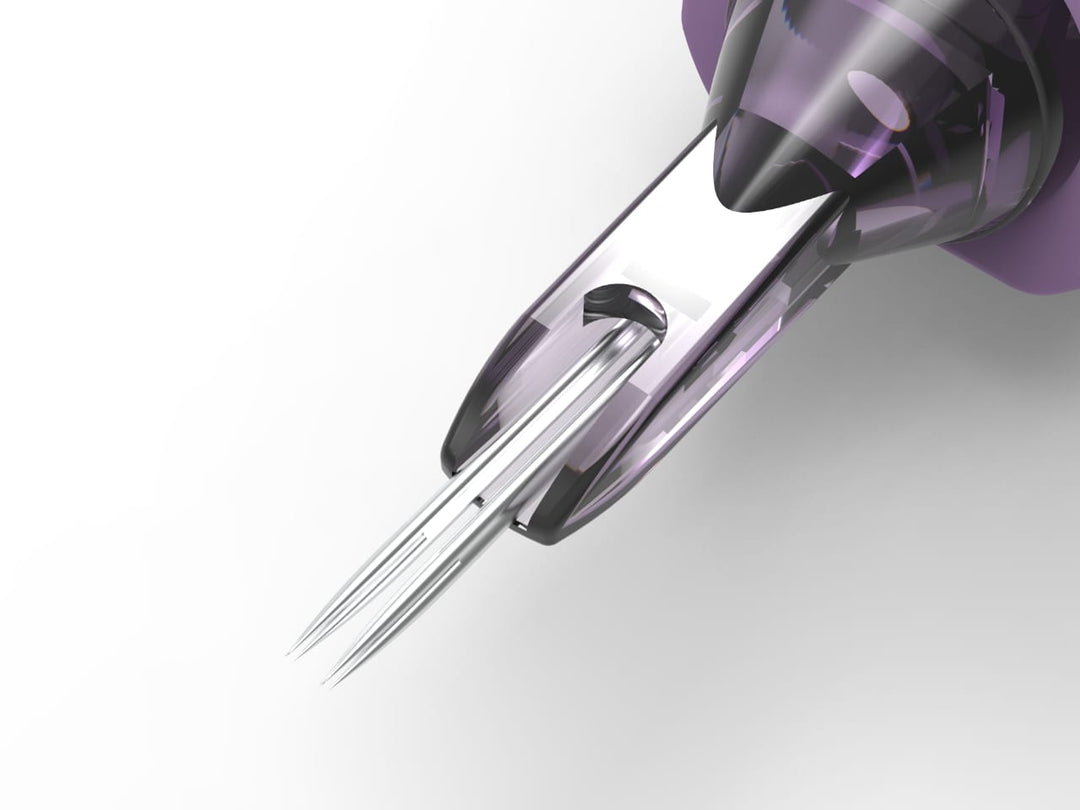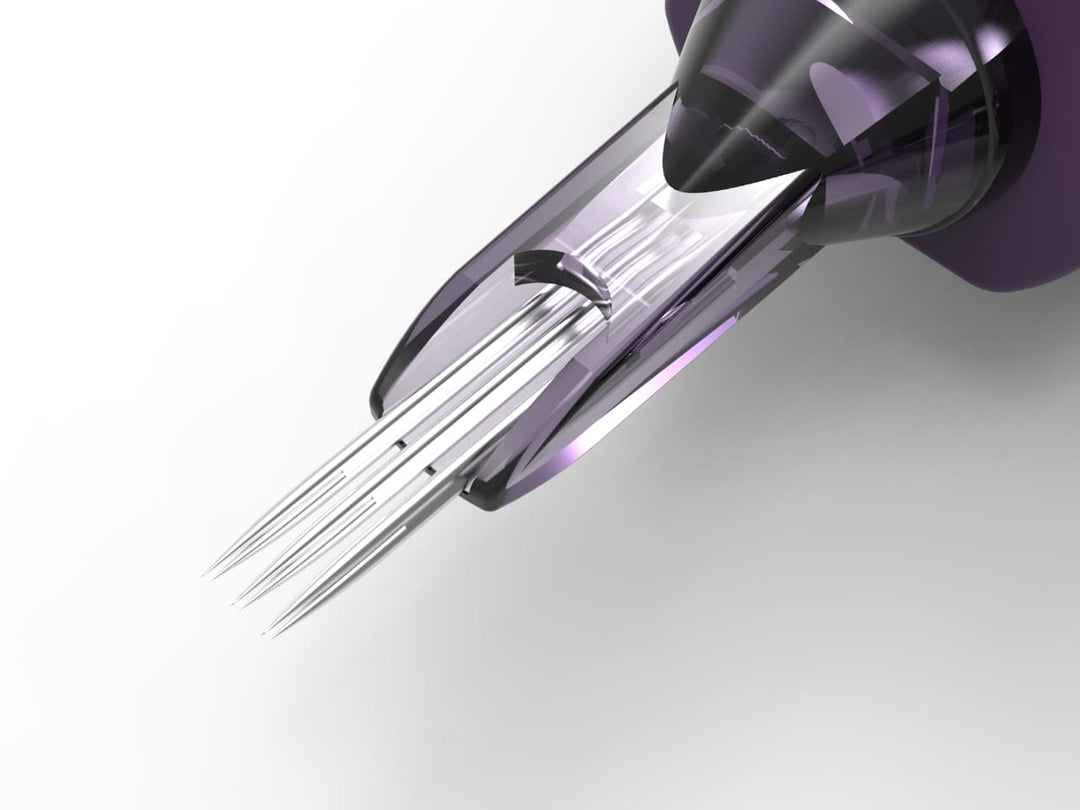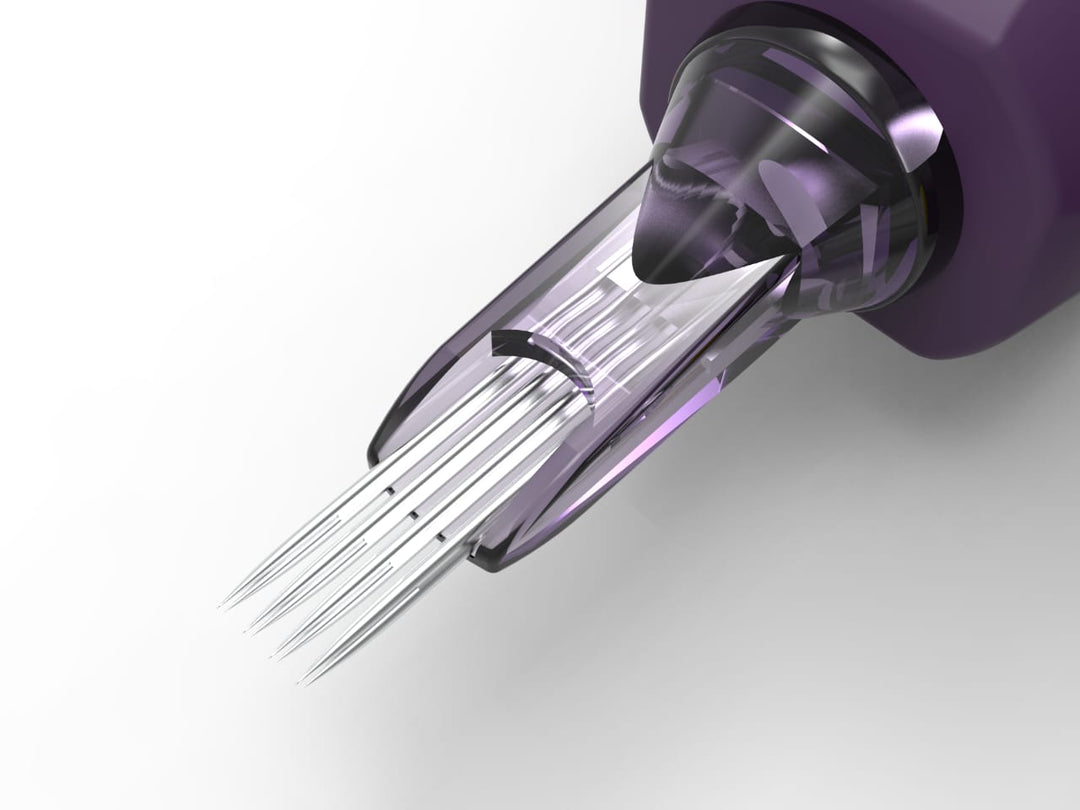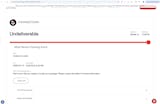A tattoo blowout is one of the most dreaded mishaps in tattooing. It can turn crisp, detailed linework into a blurry, smudged mess, leaving clients frustrated and disappointed. The good news? A tattoo blowout is not only preventable but, in many cases, correctable with the right techniques, grip setup, and needle control.
What Is a Tattoo Blowout?
A tattoo blowout occurs when the needle penetrates too deeply into the skin, pushing pigment beyond the dermal layer. As a result, the ink spreads unpredictably beneath the surface, creating a fuzzy, blue-tinted “halo” that makes the tattoo look as though it is bleeding under the skin. This is often mistaken for poor healing but is actually caused by incorrect depth or pressure also known as cartridge overpenetration.
Most Common Causes of Blowouts
1. Overpenetration
-
Pushing the needle too deep is the most frequent cause of a tattoo blowout.
-
This can happen if the skin isn’t properly stretched or if the artist is applying too much pressure.
2. Incorrect Machine Settings
-
Running your machine with excessively high voltage or the wrong stroke length can drive the needle farther than intended.
-
Coil and rotary machines behave differently, so always calibrate and test before working to avoid cartridge overpenetration.
3. Poor Grip or Cartridge Fitment
-
A loose or misaligned grip can throw off your depth control.
-
Poorly fitting cartridges may wiggle or bounce, leading to inconsistent pressure and unintended depth, another key trigger of a tattoo blowout.
4. Working on Thin or Sensitive Skin
-
Areas with delicate dermal structures like the wrists, feet, or neck are more prone to blowouts.
-
These zones require a lighter touch and heightened control to avoid excess trauma.
How to Prevent Tattoo Blowouts
Control Your Depth: Stay within the epidermis and upper dermis to avoid blowouts. If you’re unsure, practice on synthetic skin to build muscle memory and understand depth better.
Stretch the Skin: Proper stretching gives you a stable, resistant surface that helps maintain an even needle depth and minimizes cartridge overpenetration.
Use a Tapered Needle: Needles like Grip’s TriFlat™ hybrids are specifically designed with tapering that reduces trauma while delivering smoother ink flow, essential in avoiding a tattoo blowout.
Choose the Right Grip: A stable, ergonomic grip offers greater control and helps reduce vibration and hand fatigue.
Dial in Your Voltage: Lower your voltage to prevent overexertion on the skin. Gentle consistency always beats brute force.
Can You Fix a Tattoo Blowout?
Yes, though the tattoo blowout fix will depend on how severe the spread is. Some of the most effective corrective strategies include:
-
Camouflage with Shading: A soft greywash can help blend the blurred area into the rest of the design.
-
Extend the Design: Add bold lines or new elements to absorb and disguise the affected area.
-
Laser Removal: While more extreme, this is an option for major blowouts, though often not necessary.
If you’re looking for a precise, low-trauma tool that reduces the risk of a tattoo blowout in the first place, Grip’s needle systems are a trusted choice among pros.
Grip Needles Pro Tip:
For dotwork or stippling, especially on sensitive skin, try a 3RL/3 TriFlat™. This configuration is engineered for reduced trauma, smoother ink flow, and lower risk of cartridge overpenetration, making an excellent tool for detail-heavy work.
Final Takeaway
A tattoo blowout fix is possible, but prevention will always be better. With the right tools, machine settings, and a careful hand, blowouts become a non-issue. Slow down, stretch the skin, fine-tune your grip, and use tapered needles to ensure every line heals clean and crisp.
Explore Grip™ Needle Systems for maximum control, precision, and confidence in every pass.









